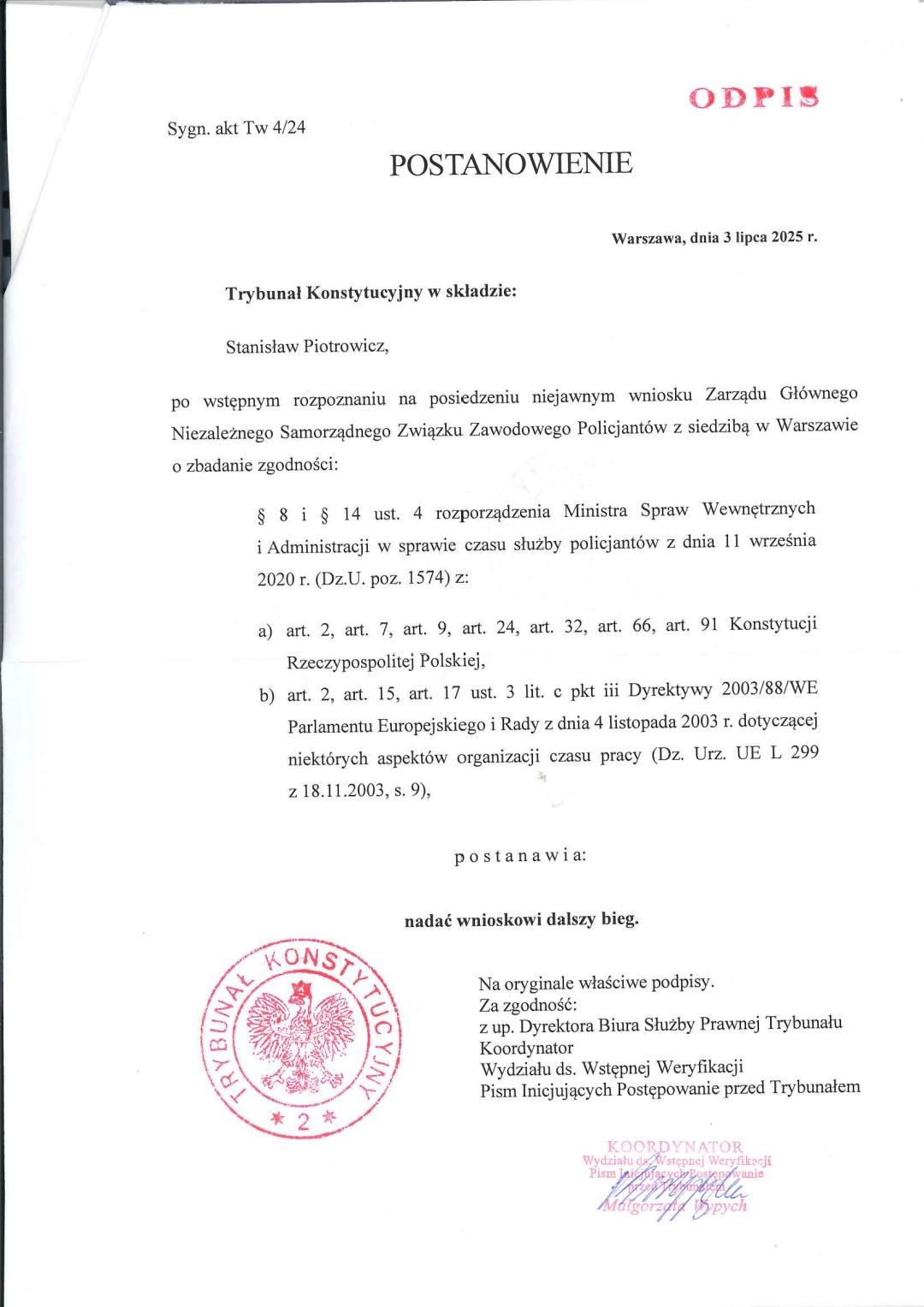
ABU DHABI— Etihad Airways (EY) has instructed its pilots to exercise caution when handling fuel control switches on Boeing 787 aircraft. The directive follows global safety advisories after the recent Air India (AI) Boeing 787-8 incident in Ahmedabad (AMD).
This precautionary step was prompted by the U.S. Federal Aviation Administration (FAA) and aligns with ongoing investigations into the Air India AI171 crash. Etihad operates out of Abu Dhabi International Airport (AUH) and is conducting fleet-wide inspections of the switch locking mechanisms on its Boeing 787s.
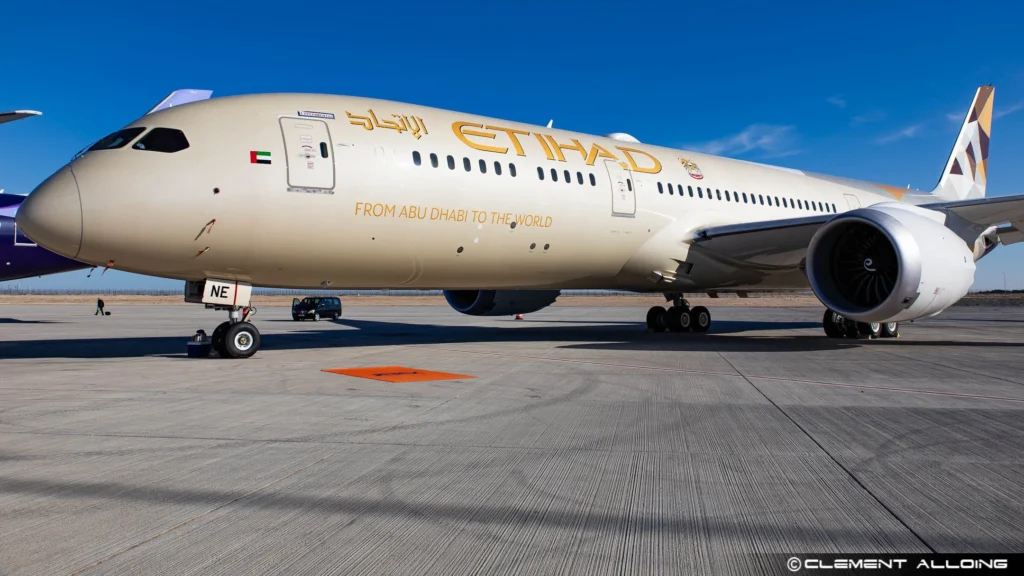 Photo: Clément Alloing
Photo: Clément AlloingEtihad Pilots Be Cautious with 787 Fuel Switches
Etihad Airways issued a bulletin on July 12 instructing its pilots to handle fuel control switches carefully on all Boeing 787 aircraft.
The instruction emphasizes caution when operating these switches or any controls located nearby. The directive also warns against placing objects on the pedestal, as these could inadvertently trigger the switches.
This measure was driven by the FAA’s communication, which reiterated its 2018 advisory on fuel control switches. The reminder was sent globally after Indian investigators released preliminary findings into the June 12, 2025, Air India AI171 crash in Ahmedabad.
The interim probe indicated that the fuel control switches had transitioned to the cutoff position shortly after takeoff, leading to engine shutdown.
Etihad’s directive mandates that flight crews report any anomalies with the switches immediately. The airline clarified that this is a preventive step while the ongoing investigation involving another Boeing 787 operator, Air India, remains inconclusive.
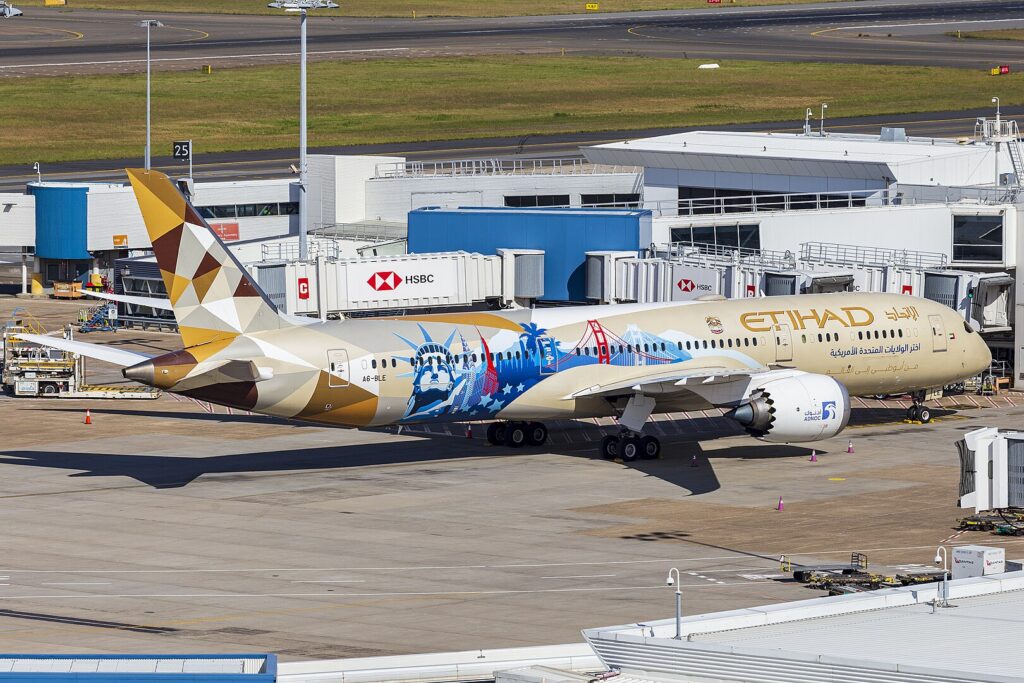 Photo: By Bidgee, CC BY-SA 3.0 au, https://commons.wikimedia.org/w/index.php?curid=95635791
Photo: By Bidgee, CC BY-SA 3.0 au, https://commons.wikimedia.org/w/index.php?curid=95635791Engineering Inspections
In addition to pilot instructions, Etihad has issued a separate bulletin to its engineering teams. This bulletin details a step-by-step inspection protocol for the fuel control switch locking mechanism across all Boeing 787 aircraft in its fleet.
The guidance instructs engineers to verify the proper engagement of the locking features and to replace the thrust control module if any deficiencies are detected.
This technical inspection ensures that the switches remain securely locked during operation, mitigating risks of accidental disengagement.
The FAA’s renewed advisory underscores broader aviation safety vigilance, particularly concerning control interfaces on commercial jets like the Boeing 787. International regulators and airlines are paying close attention to fuel system components following the Air India AI171 incident.
Etihad’s proactive stance reflects its commitment to passenger safety and operational integrity. While the root cause of the Ahmedabad crash remains under investigation, the airline’s immediate actions highlight the importance of precaution in aviation safety protocols.
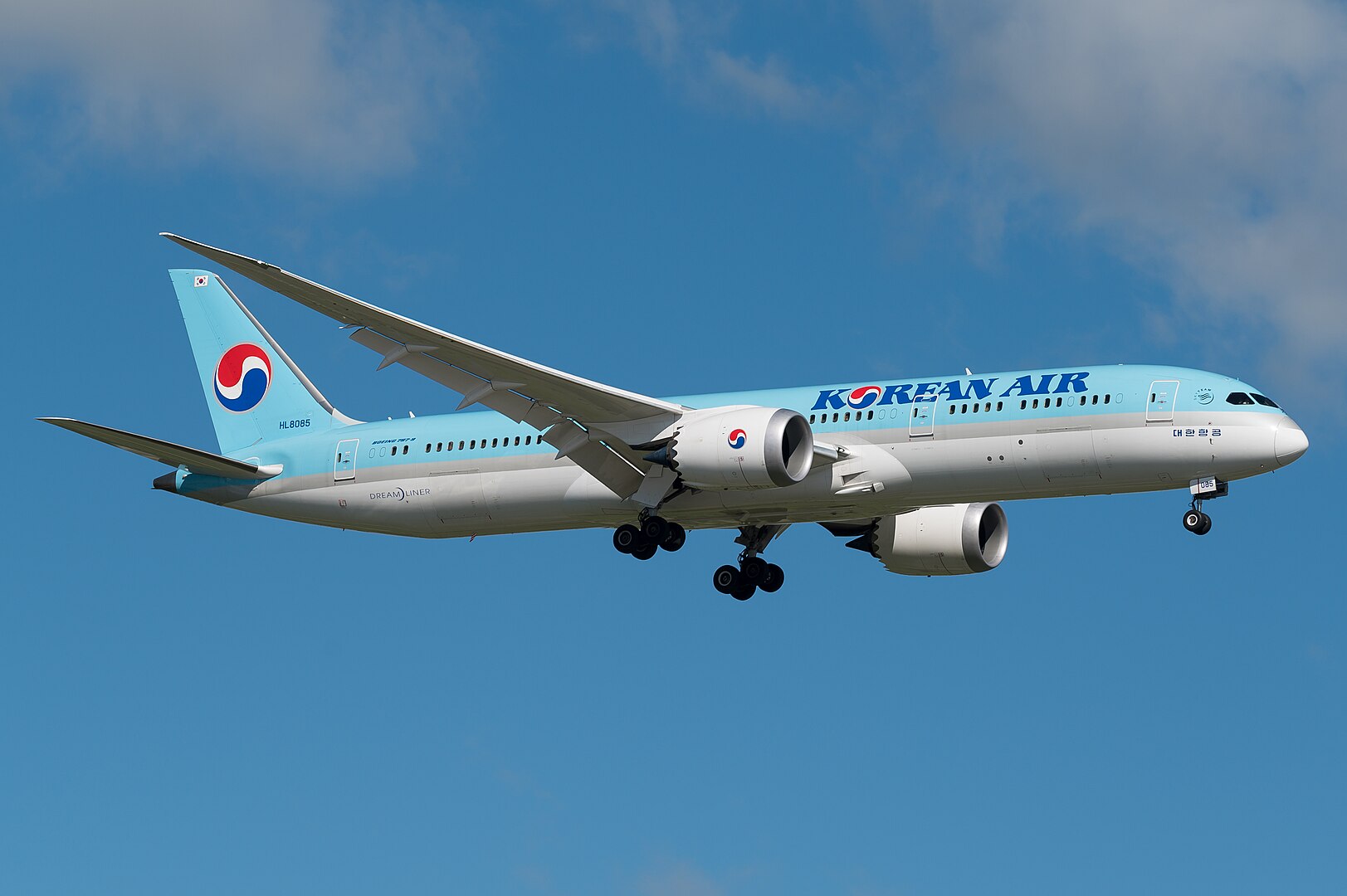 Photo: By BriYYZ – https://www.flickr.com/photos/bribri/48171006022/, CC BY-SA 2.0, https://commons.wikimedia.org/w/index.php?curid=80358736
Photo: By BriYYZ – https://www.flickr.com/photos/bribri/48171006022/, CC BY-SA 2.0, https://commons.wikimedia.org/w/index.php?curid=80358736Fuel Switch Locks Under Safety Review
South Korea’s transport ministry has announced plans to instruct all domestic airlines operating Boeing jets to inspect their fuel switches.
The ministry’s foreign media spokesperson confirmed the upcoming inspections but did not provide a specific timeline. Boeing has yet to comment on the directive.
The Federal Aviation Administration (FAA) issued a 2018 safety advisory recommending airlines inspect the locking mechanisms on the fuel cutoff switches of several Boeing aircraft, including the 787 series.
The concern was that these switches could potentially be moved unintentionally, posing a safety risk. However, the advisory was non-mandatory, leaving compliance at the discretion of individual airlines.
The issue resurfaced following the preliminary investigation of the fatal Air India crash involving a Boeing 787-8. The report referenced the 2018 FAA advisory, noting that Air India had not completed the suggested inspections since they were not mandated.
Despite this, maintenance records revealed that the throttle control module — which houses the fuel switches — had been replaced twice, in 2019 and 2023, on the crashed aircraft.
Both Boeing and the FAA have privately communicated to airlines and regulators that the existing fuel switch locks are safe and that formal inspections are not required. Nonetheless, South Korea’s proactive stance aims to reinforce safety measures across all airlines operating Boeing jets within the country.
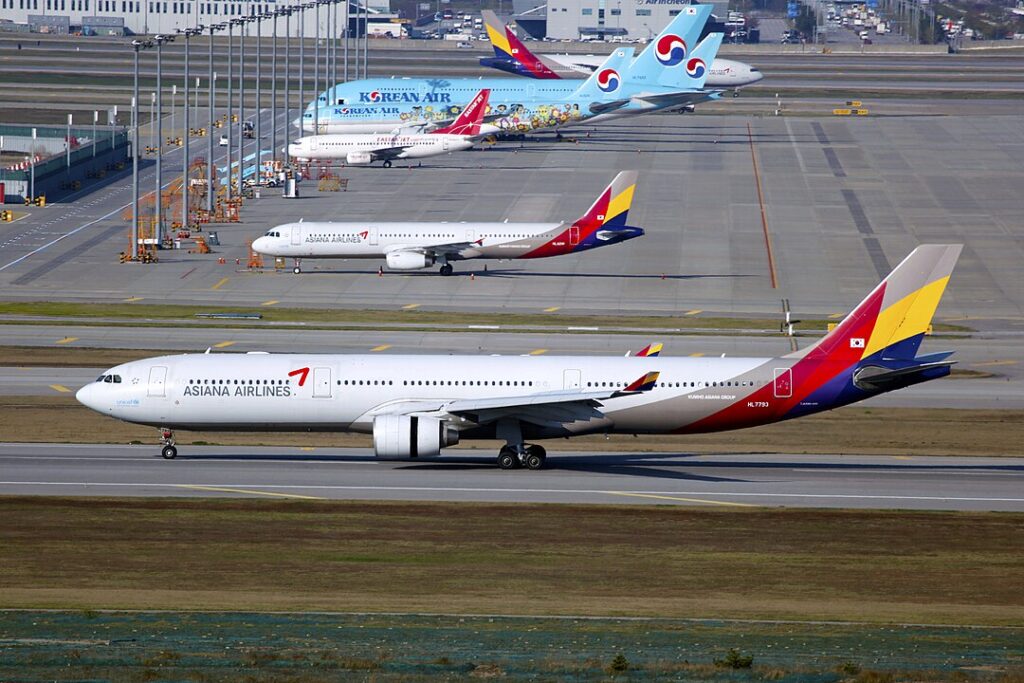 Photo: By byeangel from Tsingtao, China – HL7793 | Asiana Airlines | Airbus A330-323 | ICN, CC BY-SA 2.0, https://commons.wikimedia.org/w/index.php?curid=40388039
Photo: By byeangel from Tsingtao, China – HL7793 | Asiana Airlines | Airbus A330-323 | ICN, CC BY-SA 2.0, https://commons.wikimedia.org/w/index.php?curid=40388039South Korea’s Aviation Safety Measures
South Korea’s decision underscores the country’s commitment to stringent aviation safety standards. By initiating these inspections, the transport ministry aims to preempt any potential mechanical vulnerabilities that could compromise flight safety.
The directive is expected to impact major South Korean carriers such as Korean Air (KE) and Asiana Airlines (OZ), both of which operate Boeing fleets out of Incheon International Airport (ICN).
The ministry’s precautionary approach also aligns with international best practices in aviation safety, especially when prior advisories are involved, even if non-mandatory. This move may prompt other countries to re-examine their compliance with past FAA safety recommendations.
Boeing’s internal assessments and communication with regulators have reiterated confidence in the design and safety of its fuel switch locks. The manufacturer has not identified any systemic issue necessitating mandatory checks.
Stay tuned with us. Further, follow us on social media for the latest updates.
Join us on Telegram Group for the Latest Aviation Updates. Subsequently, follow us on Google News
If Air India 787 Pilot Did Not Move Fuel Switches, Then Is it Boeing’s Fault?
The post Etihad told its Pilots to Be Cautious with Boeing 787 Fuel Control Switches appeared first on Aviation A2Z.










